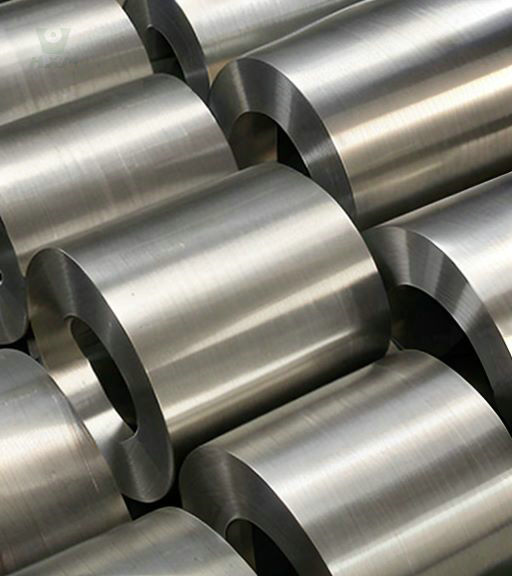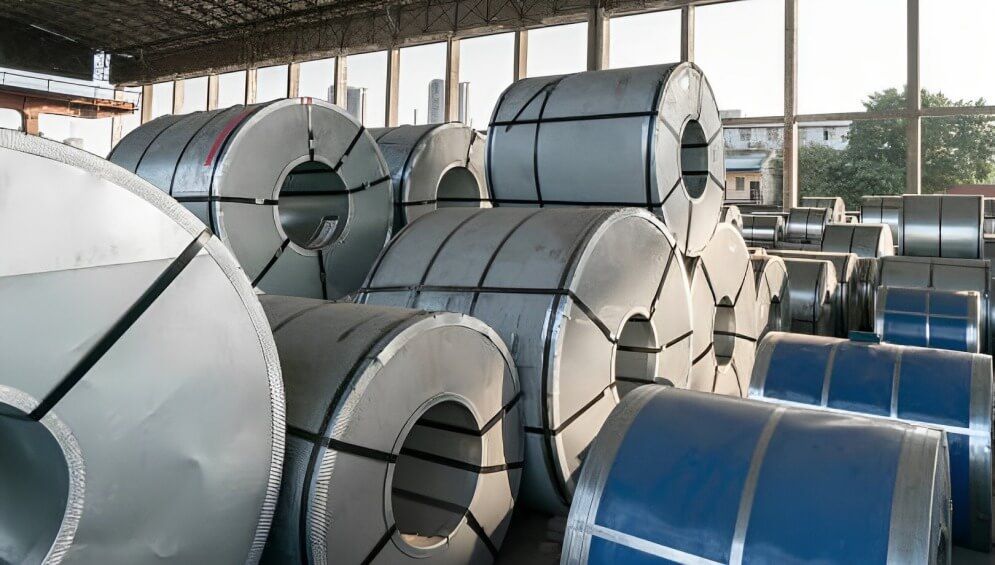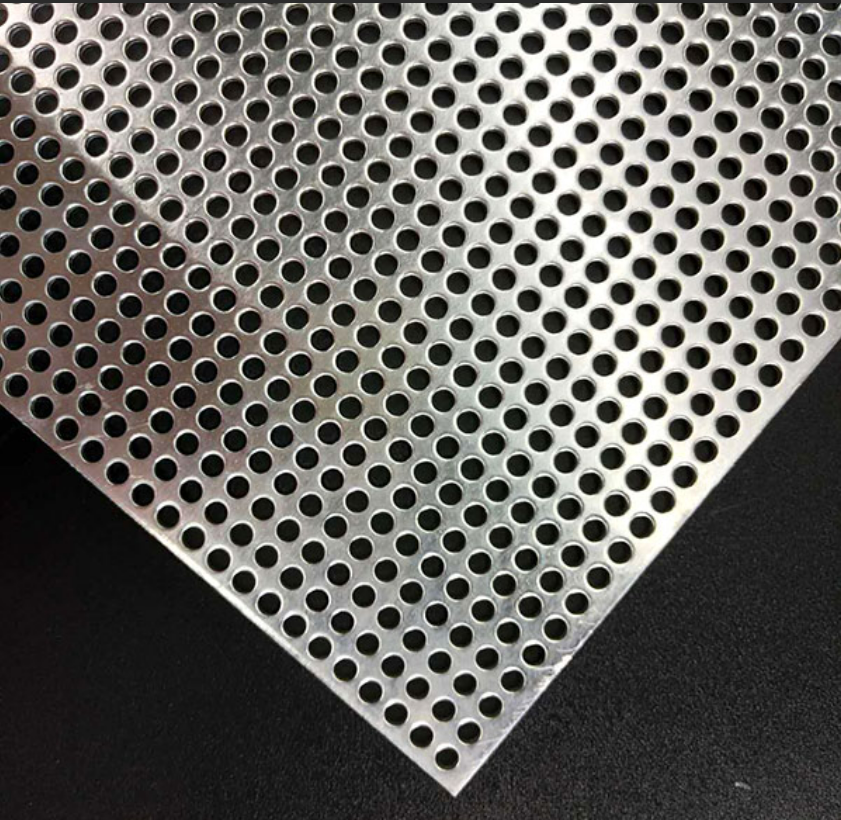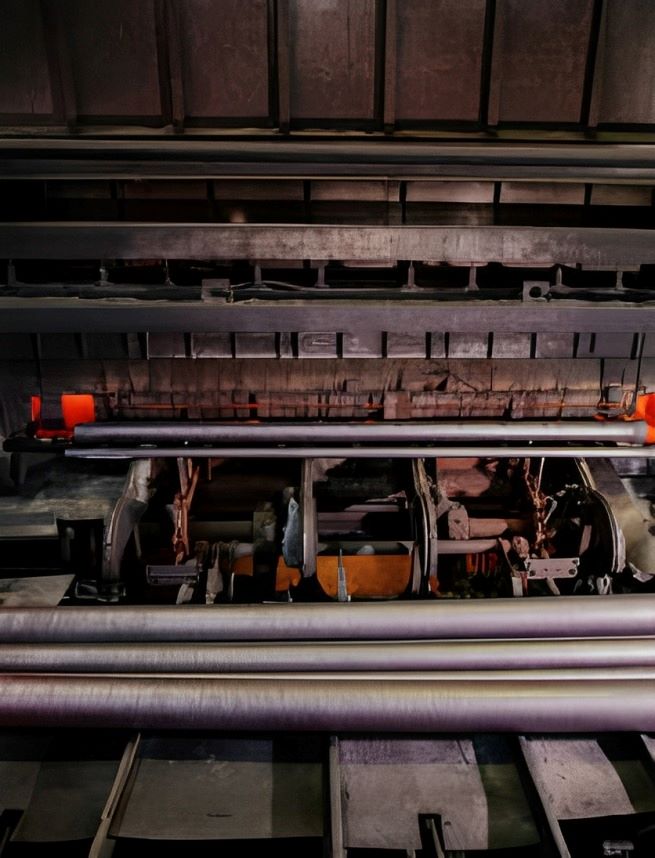What is a diamond plate used for?
Introduction to Diamond Plate
Diamond plate, also known as checker plate, is a type of metal sheet with a raised pattern of diamonds or lines on one side. This distinctive pattern provides several functional and aesthetic benefits, making diamond plate a versatile material used in various industries and applications. In this article, we will explore the uses of diamond plate, its properties, and the advantages it offers in different settings.
learn more: Industry News>
Factory SS coils, bars, sheets, pipes, strips, wires…Get a quote>
more products < Special Metal >
Contact Huaxiao Metal Stainless Steel Factory
Applications of Diamond Plate
Industrial Flooring and Walkways
One of the primary uses of checker plate is in industrial flooring and walkway applications. The raised diamond pattern on the surface of the plate provides enhanced traction and slip resistance, making it ideal for areas where safety is paramount. Industrial facilities, warehouses, factories, and commercial kitchens often utilize diamond plate flooring to minimize the risk of slips, trips, and falls in high-traffic or wet environments.
Transportation and Vehicle Accessories
Diamond plate is commonly used in the transportation industry for truck beds, trailers, and vehicle accessories. Its durability and rugged appearance make it well-suited for protecting surfaces from wear and tear, impact, and corrosion. Truck toolboxes, running boards, mud flaps, and fender guards are frequently made from diamond plate to add strength and style to vehicles while providing practical benefits such as improved grip and resilience.
Architectural and Decorative Applications
In architectural and decorative settings, checker plate adds a distinctive aesthetic element to interior and exterior spaces. It is often used in building facades, wall panels, countertops, and backsplashes to impart an industrial or modern look. The reflective properties of the raised pattern can create visual interest and texture, enhancing the overall design scheme of residential, commercial, and public spaces.
Storage and Shelving Systems
Diamond plate is utilized in storage and shelving systems to provide sturdy support for heavy loads and equipment. It is commonly found in workshops, garages, and warehouses where durable and robust storage solutions are required. Shelving units, tool chests, and workbenches made from checker plate offer long-lasting performance and can withstand the rigors of daily use in demanding environments.
Safety and Protective Equipment
Due to its durability and strength, diamond plate is also used in the manufacturing of safety and protective equipment. It is often incorporated into machinery guards, stair treads, ladder rungs, and handrails to prevent accidents and injuries in industrial settings. The raised pattern on checker plate surfaces helps to channel liquids and debris away, reducing the risk of slips and falls.
Marine and Offshore Applications
In the marine and offshore industries, diamond plate is valued for its corrosion resistance and non-slip properties. It is commonly used in boat decks, gangways, and platforms where exposure to saltwater, moisture, and harsh weather conditions is prevalent. Checker plate provides a durable and reliable surface for marine structures, ensuring safe footing for crew members and passengers.
Diamond Plate Produce Process
The production process of diamond plate involves several steps to create the distinctive raised pattern on the surface of the metal sheet. Below is an overview of the typical manufacturing process:
Selection of Base Metal: The production process begins with the selection of the base metal, which is usually aluminum, stainless steel, or carbon steel. The choice of base metal depends on factors such as the intended application, desired strength, and corrosion resistance.
Preparation of Metal Sheet: The selected metal sheet is cleaned and prepared to ensure it is free from contaminants such as oil, grease, and dirt. This step is essential to promote proper adhesion of the subsequent layers and to prevent defects in the final product.
Application of Raised Pattern: The raised pattern on the checker plate is typically created using a specialized rolling mill or press machine. The metal sheet is passed through a series of rollers or dies that emboss the desired diamond or checker pattern onto one side of the sheet. The pattern may vary in size, shape, and spacing depending on the specific requirements of the application.
Surface Treatment: After the raised pattern is formed, the diamond plate undergoes surface treatment to enhance its appearance and properties. This may involve processes such as cleaning, polishing, or coating to improve corrosion resistance, durability, and aesthetics.
Cutting to Size: Once the diamond pattern is applied and the surface treatment is complete, the metal sheet is cut to the desired size and shape using shearing or cutting machines. This allows the checker plate to be customized according to the specifications of the intended application, whether it be flooring, cladding, or other uses.
Quality Control: Throughout the production process, quality control measures are implemented to ensure that the diamond plate meets the required standards for thickness, pattern accuracy, surface finish, and overall quality. Inspections may be conducted at various stages of production to identify any defects or deviations from specifications.
Packaging and Shipping: Once the diamond plate passes quality control checks, it is carefully packaged to protect it from damage during transportation and storage. The packaged diamond plate is then shipped to customers or distributors for use in various applications across industries.
Overall, the production process of diamond plate involves precision manufacturing techniques to create a durable, visually appealing, and versatile metal product suitable for a wide range of applications.
In conclusion, diamond plate is a versatile and durable material with a wide range of applications across various industries. From industrial flooring and transportation to architectural design and safety equipment, diamond plate offers unique benefits such as enhanced traction, durability, and aesthetic appeal. Whether used for practical purposes or decorative accents, diamond plate continues to be a popular choice for professionals and consumers seeking reliable and resilient metal solutions.

Duplex Steel 2205 Coils: Understanding the Applications and Uses

What Are Steel Coils Used For ?

Top 10 Applications of Perforated Metal in Architectural Projects





